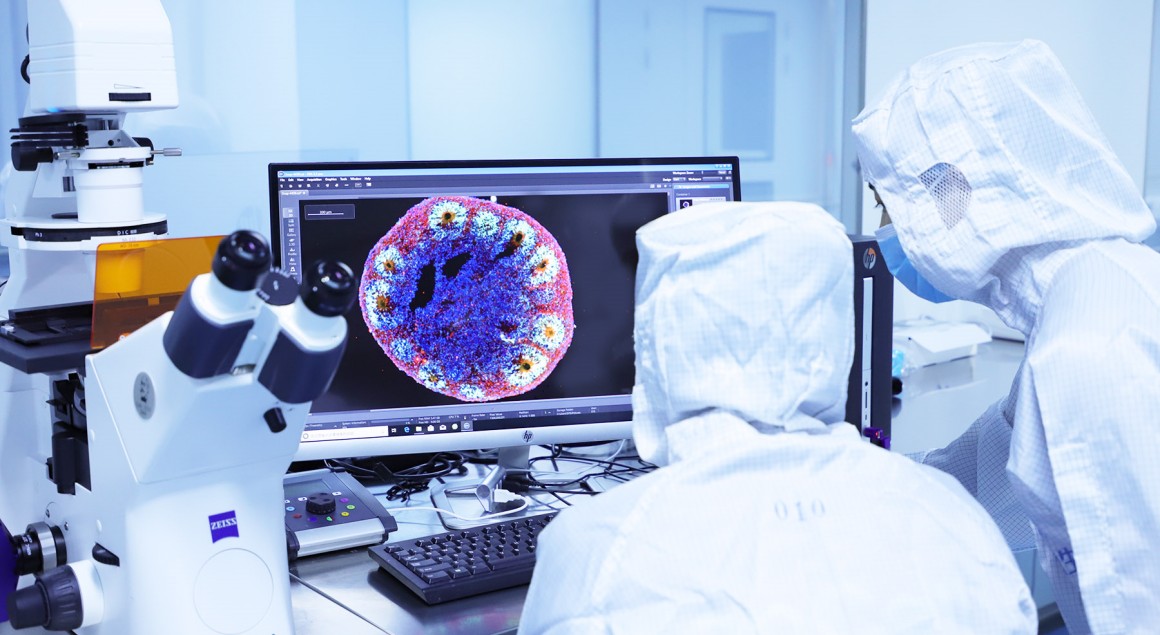Neurons are the fundamental unit of the brain and central nervous system, they are responsible for the reception of sensory information and the delivery of the motion command to our muscles. These cells interact with each other to form a network of information delivery, and the key components of network are synaptic junctions. The synaptic junction is a place where a neuron deliver the information to the target cell, such as brain cell and muscle cell. The researchers provided the evidence that indicates the fundamental function of the lipids in information delivery. To better understand the interaction between lipids and proteins during the signal transduction, they developed and utilized a workflow of multiomics extraction and analysis.
The process of the comprehensive multiomics analysis of synapse compartments is:
a. Separate and purify the organelles from rat models
b. Extract lipids, add internal standards, hydrolize the proteins and label the tandem mass tags
c. Use targeted or shotgun MS/MS analysis
d. The analysis of lipidomics and proteomics (first characterize the structure, and then quantify all of the lipid species)
e. Establish a lipid-protein matrix to form a lipid network
f. Validation of in vitro and ex vivo experiments
Such lipidomic analysis could structurally identify more than 400 kinds of lipids, including phospholipids, glycosphingolipids, glycerolipids, sphingolipids, endocannabinoids and sterols etc. In addition, it could also show us the enrichment of ceramides in junctions and the depletion of hexosyl ceramides, dihexosyl ceramides, and sulfatides.
The main purpose of the research was to demonstrate the effect of the multiomics workflow to ultimately result in the quantification of more than 400 kinds of lipids with a concentration range over seven orders of magnitude. In addition, it could identify the expression levels of more than 5,000 proteins. Furthermore, its availability was proven by the study of the endocannabinoid signaling at spine synapses and the demonstration of the reduced endocannabinoid signaling that increases surface expression of α-amino-3-hydroxy-5-methyl-4-isoxazolepropionic acid receptors (AMPARs).




